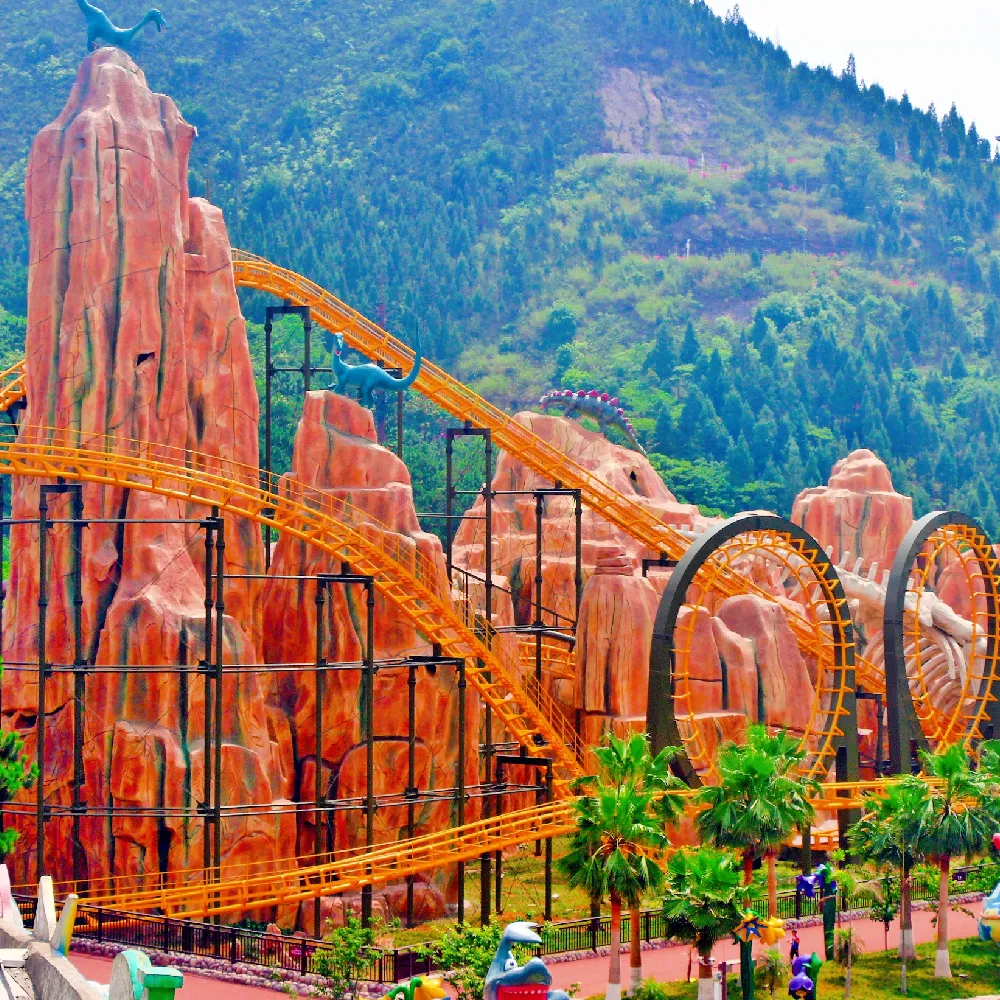- Albanian
- Arabic
- Belarusian
- Bengali
- Czech
- English
- French
- German
- Hebrew
- Hungarian
- Indonesian
- irish
- Italian
- Japanese
- kazakh
- Persian
- Russian
- Thai
- Uzbek
- Vietnamese
loop roller coaster
The Thrill of Loop Roller Coasters A Ride Through Physics and Fun
Loop roller coasters have fascinated thrill-seekers for decades, captivating audiences with their dizzying heights and exhilarating inversions. These architectural marvels combine physics, engineering, and sheer passion for adrenaline, resulting in a unique amusement experience that appeals to both the young and the young at heart.
The central feature of loop roller coasters is, of course, the loop itself. When a rider climbs to the top of a vertical loop, they experience a moment that is both exhilarating and slightly terrifying. The anticipation builds as the train climbs higher, and as it descends into the loop, riders encounter the sensation of weightlessness. This moment, often referred to as air time, occurs due to the rapid change in velocity as the roller coaster navigates the loop. The physics behind this experience is rooted in basic principles of motion and gravitational forces.
As the train moves through a vertical loop, it must maintain enough speed to counteract the gravitational pull acting on it. Engineers carefully design these loops to ensure that, at the top, the riders experience just enough centripetal force to keep them securely in their seats while feeling that thrilling rush. The calculation of forces at play is crucial; if the train travels too slowly, riders may experience undue stress against their harnesses; too fast, and the ride becomes dangerously overwhelming.
The design of loop roller coasters has evolved significantly over the years. From the classic wooden coasters of the early 20th century to the sleek, steel structures of modern theme parks, engineers have continuously pushed the boundaries of what is possible. Notable innovations include technologies that reduce the noise and vibrations of steel coasters and the incorporation of safety features, such as over-the-shoulder restraints that enhance rider security during intense maneuvers.
loop roller coaster

One of the most famous examples of a loop roller coaster is the Banshee located at Kings Island in Ohio
. Opened in 2014, Banshee made waves not only for its thrilling loops but also for its smooth ride experience. Measuring 4,124 feet in length and featuring seven inversions, it sets a standard for thrill rides worldwide. Such rides have not only become attractions but also a canvas for engineering creativity, with designers continually striving to create ever-more dizzying loops and unique experiences.The cultural impact of loop roller coasters cannot be overstated. They have become iconic symbols of amusement parks, often featured prominently in films, advertisements, and social media. The adrenaline rush provided by these rides creates memorable experiences, leading to traditions that families and friends share over the years. Moreover, many thrill-seekers travel far and wide to experience renowned coasters, turning amusement parks into pilgrimage sites for fans of high-speed enjoyment.
Safety is, of course, a central concern when it comes to loop roller coasters. Strict safety regulations govern the design and operation of these rides, and regular maintenance checks ensure that everything is functioning as it should. Ride operators are trained to address any concerns that may arise, offering peace of mind to riders eager to test their limits.
In conclusion, loop roller coasters are far more than simple amusement park attractions; they are intricate blends of physics, creativity, and pure thrill. Every twist, loop, and drop is meticulously designed to transport riders on an exciting journey filled with laughter and screams. Whether you are a casual rider or a dedicated enthusiast, the loop roller coaster remains a symbol of adventure and a testament to human ingenuity in the world of entertainment. So next time you find yourself approaching the towering structure of a loop roller coaster, take a moment to appreciate the thrilling ride that awaits you.
-
Flume Ride-Hebei Zhipao Amusement Equipment Manufacturing Co., Ltd.|Thrilling Water Attraction&Customizable DesignJul.30,2025
-
Flume Ride - Hebei Zhipao Amusement Equipment | Water Coaster, Thrilling DescentJul.30,2025
-
Flume Ride - Hebei Zhipao | Thrilling Water AttractionJul.30,2025
-
Flume Ride: Thrilling Water Attraction by Hebei Zhipao|Log Flume Manufacturers&Flume Ride DesignJul.30,2025
-
Flume Ride-Hebei Zhipao Amusement Equipment Manufacturing Co., Ltd.|Thrilling Water Coaster, Safe DesignJul.30,2025
-
Flume Ride-Hebei Zhipao Amusement Equipment Manufacturing Co., Ltd.|Thrilling Water Attraction, Safe DesignJul.30,2025
